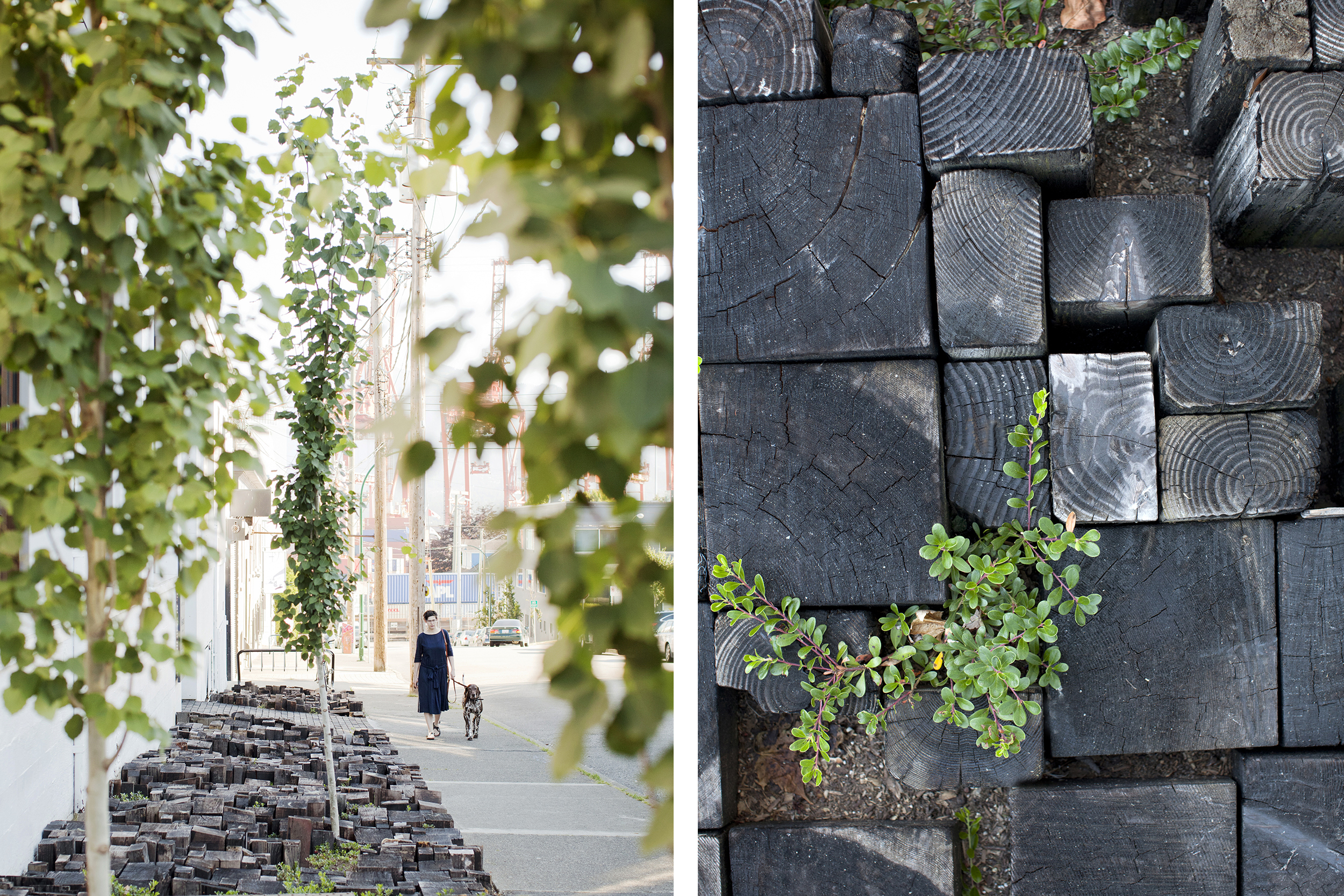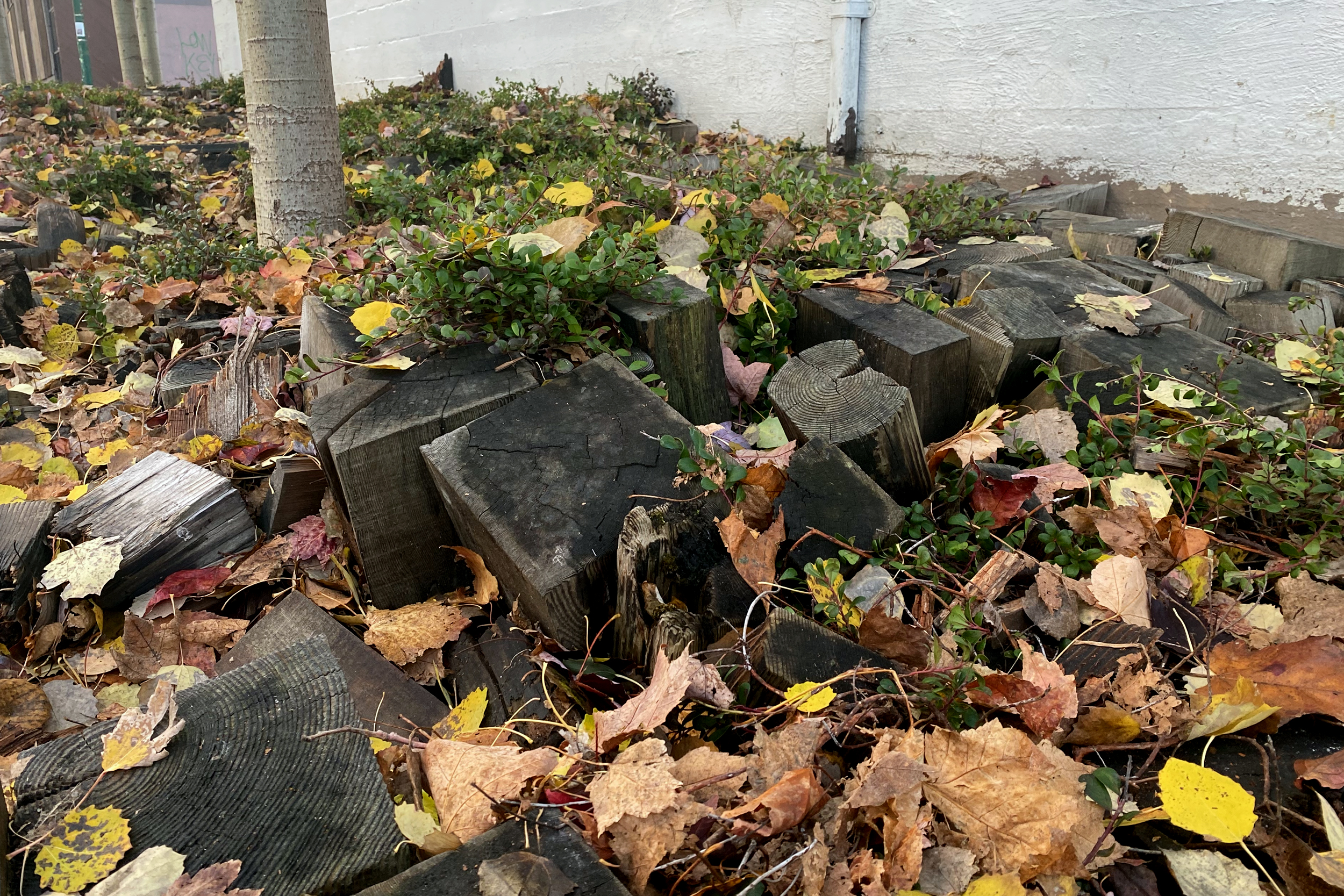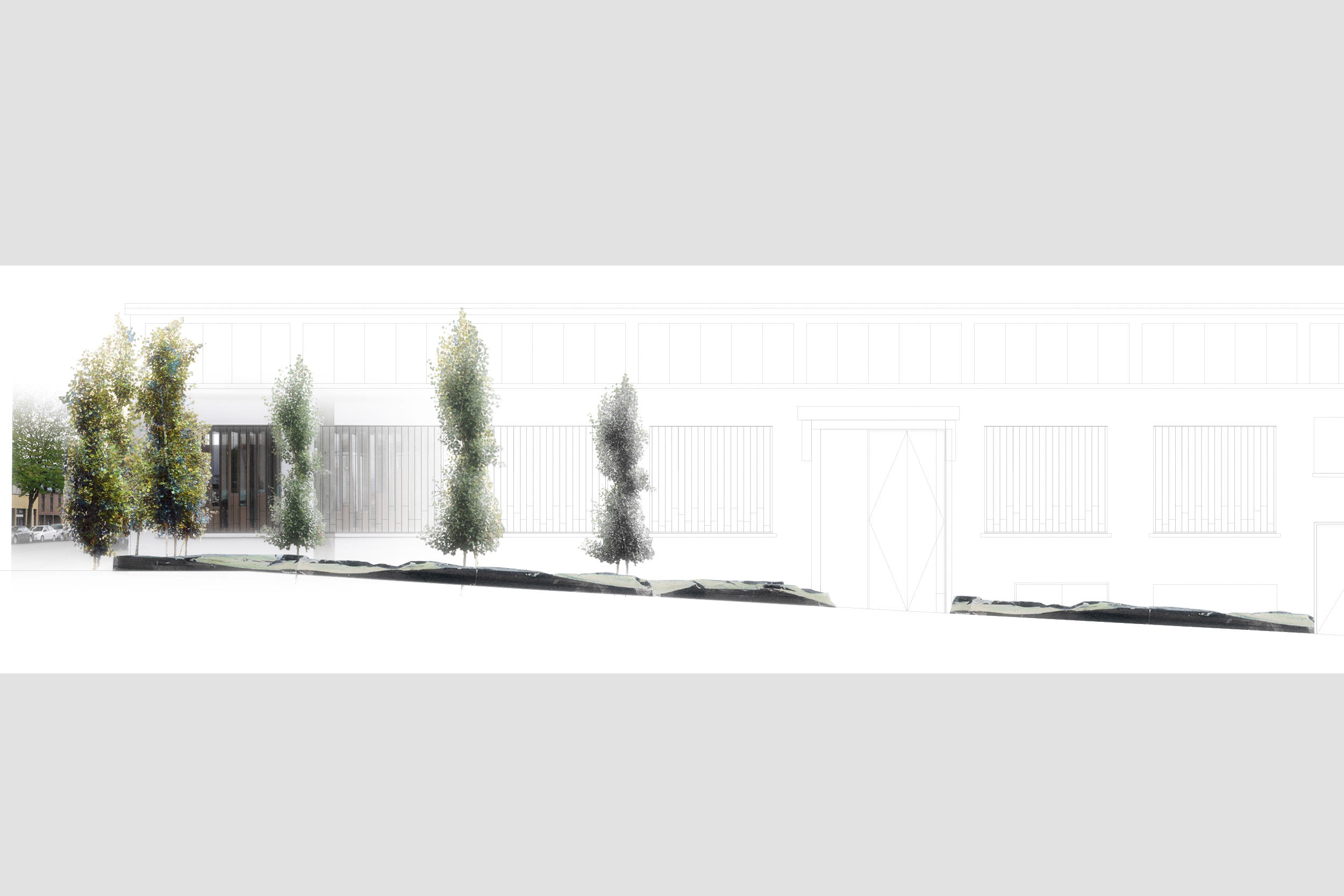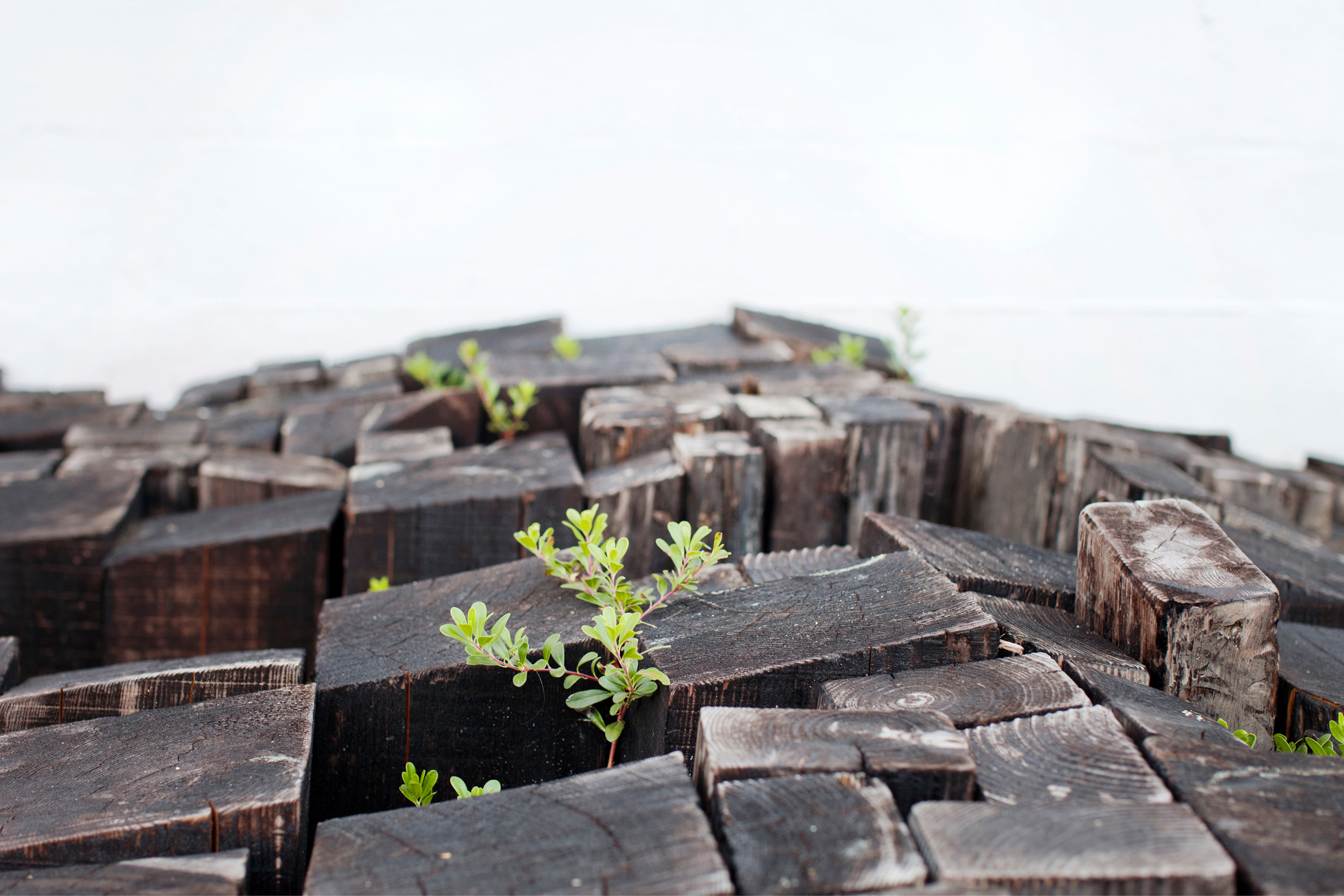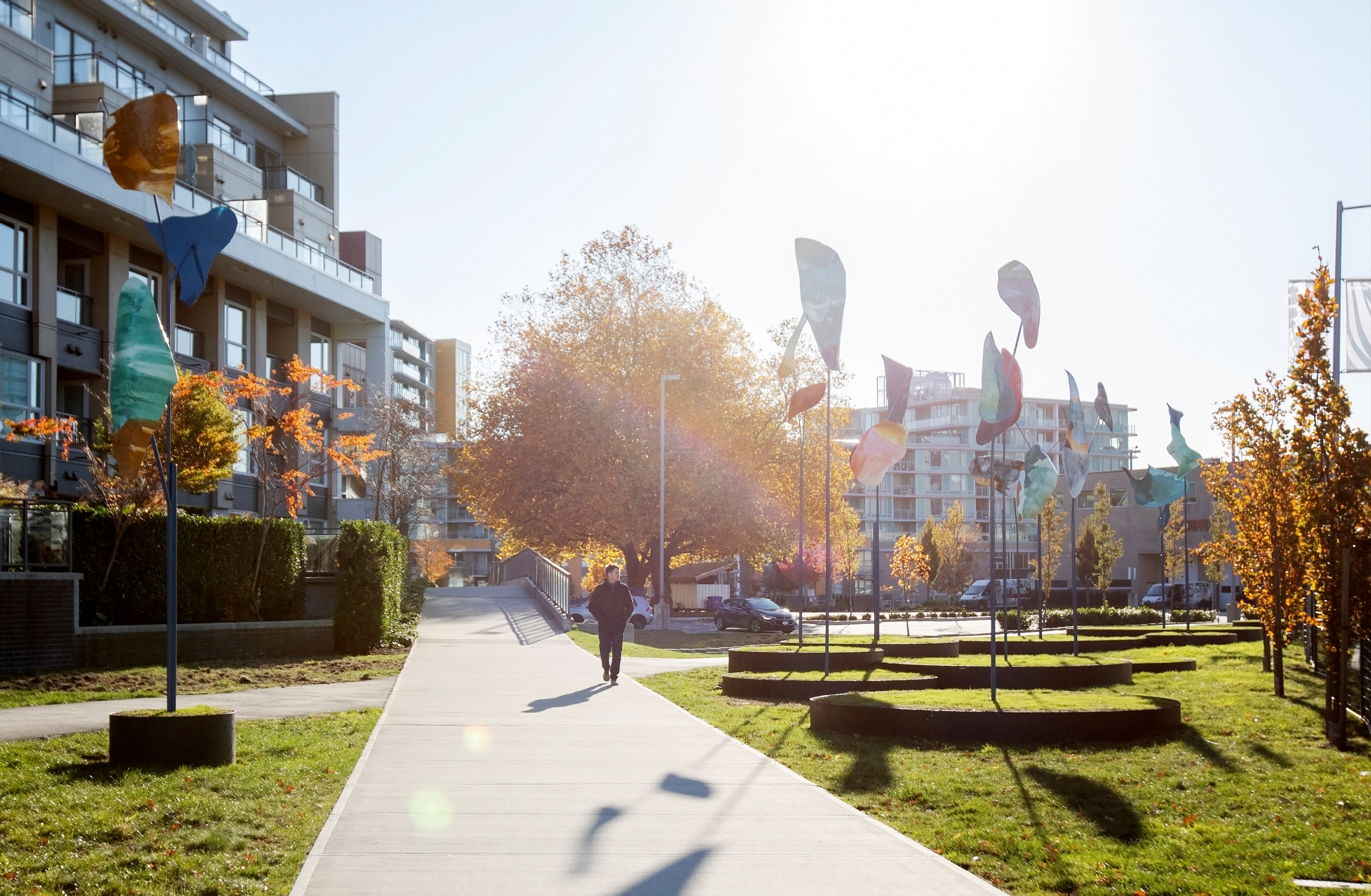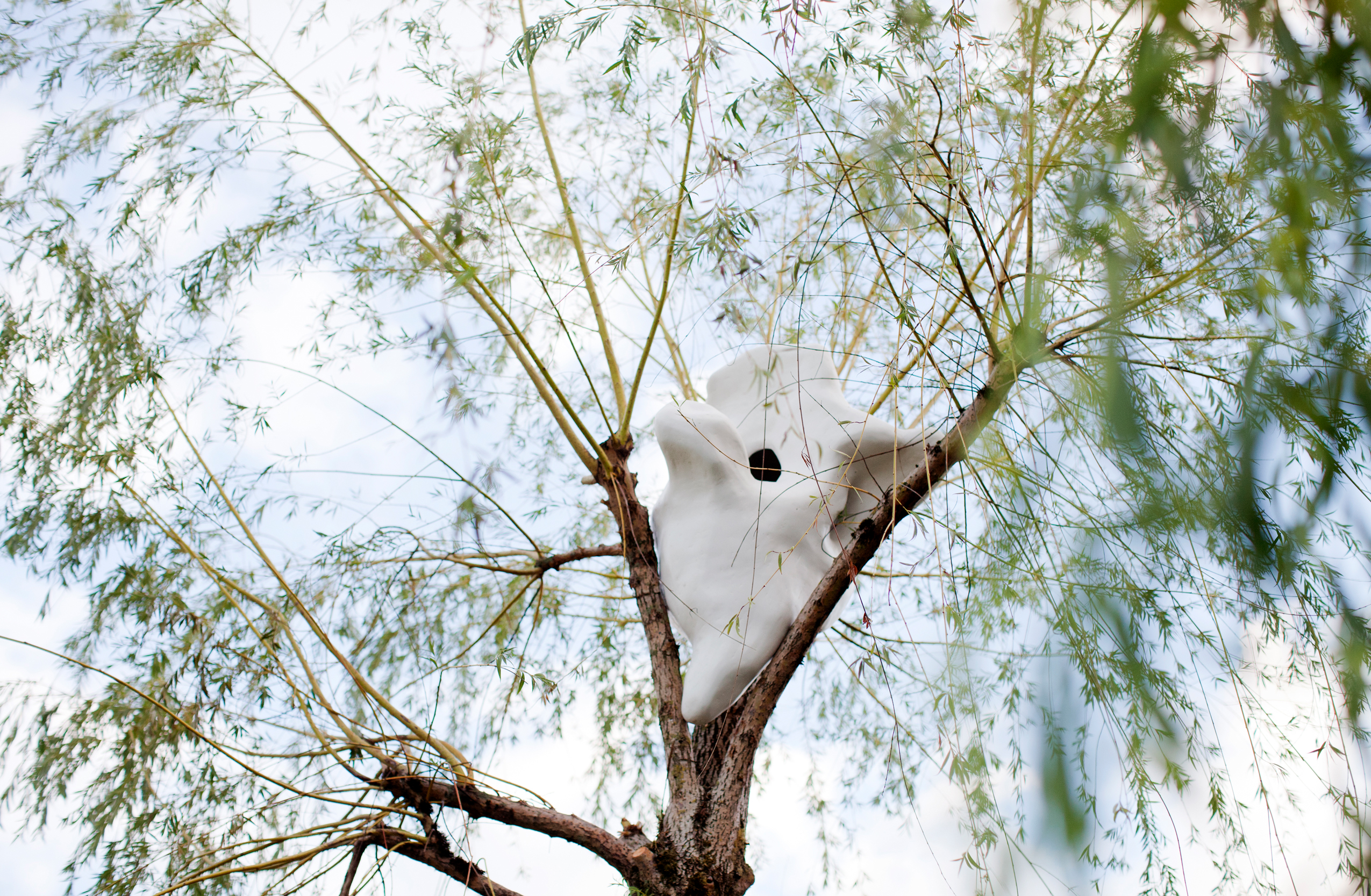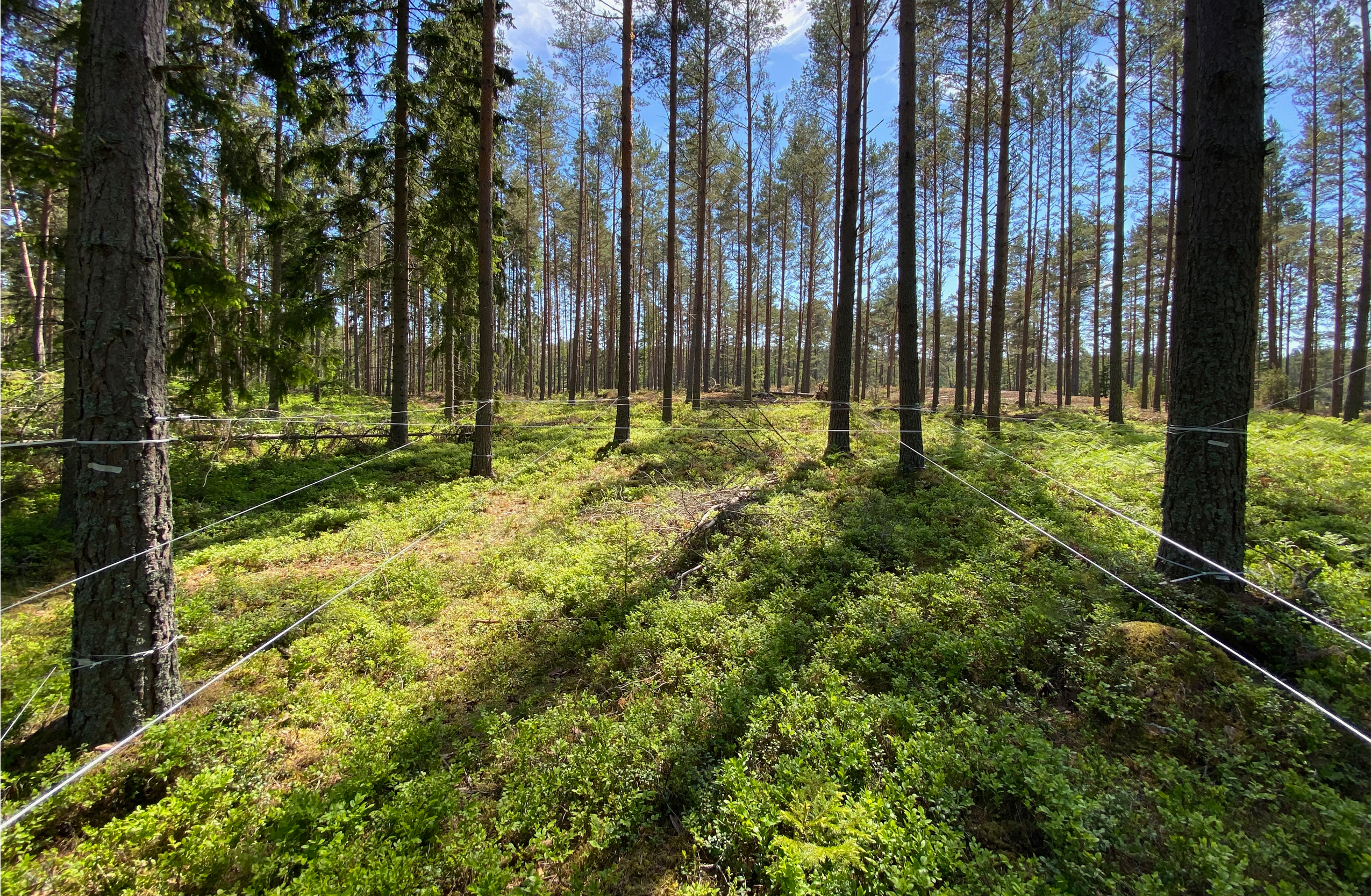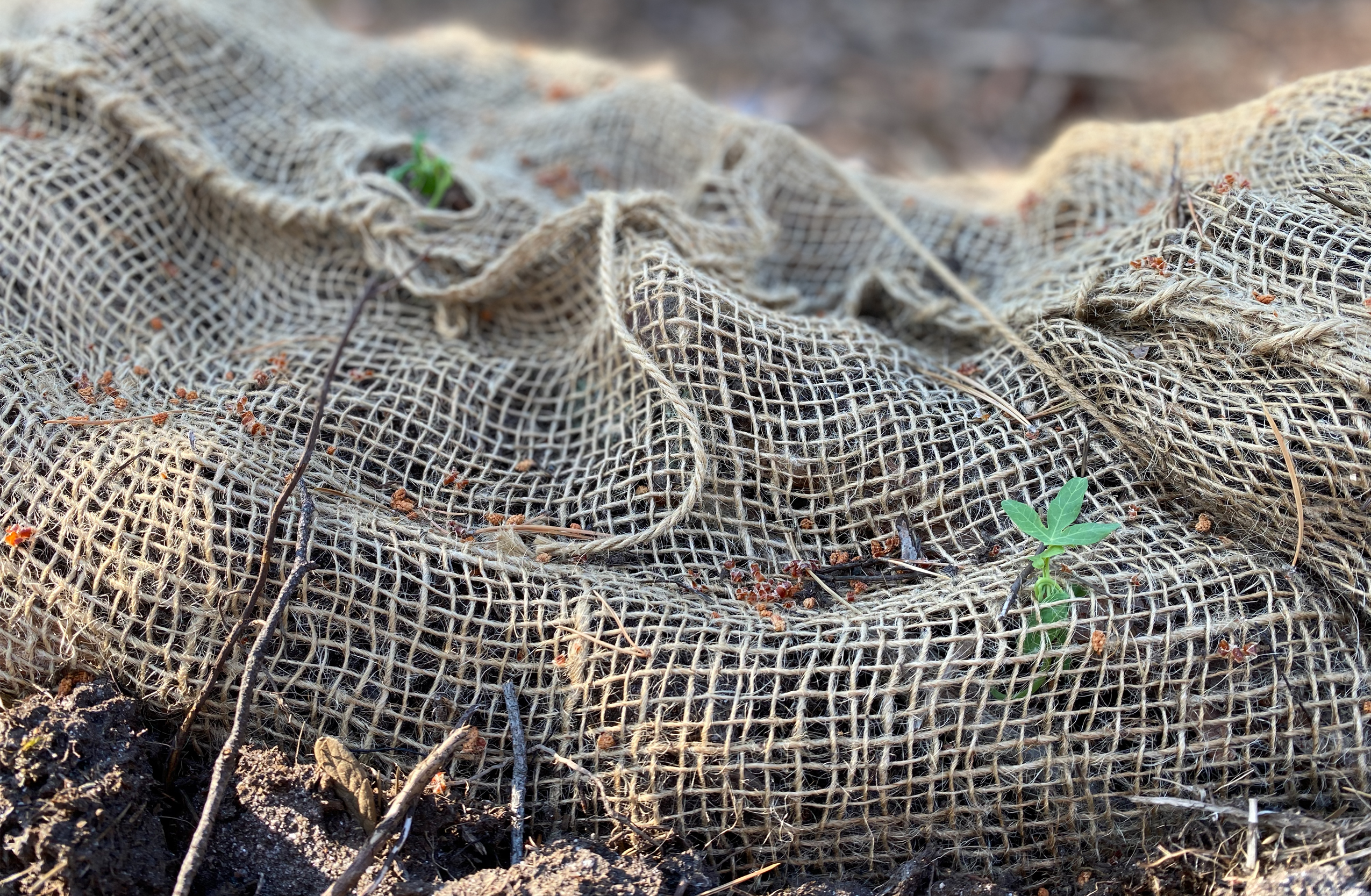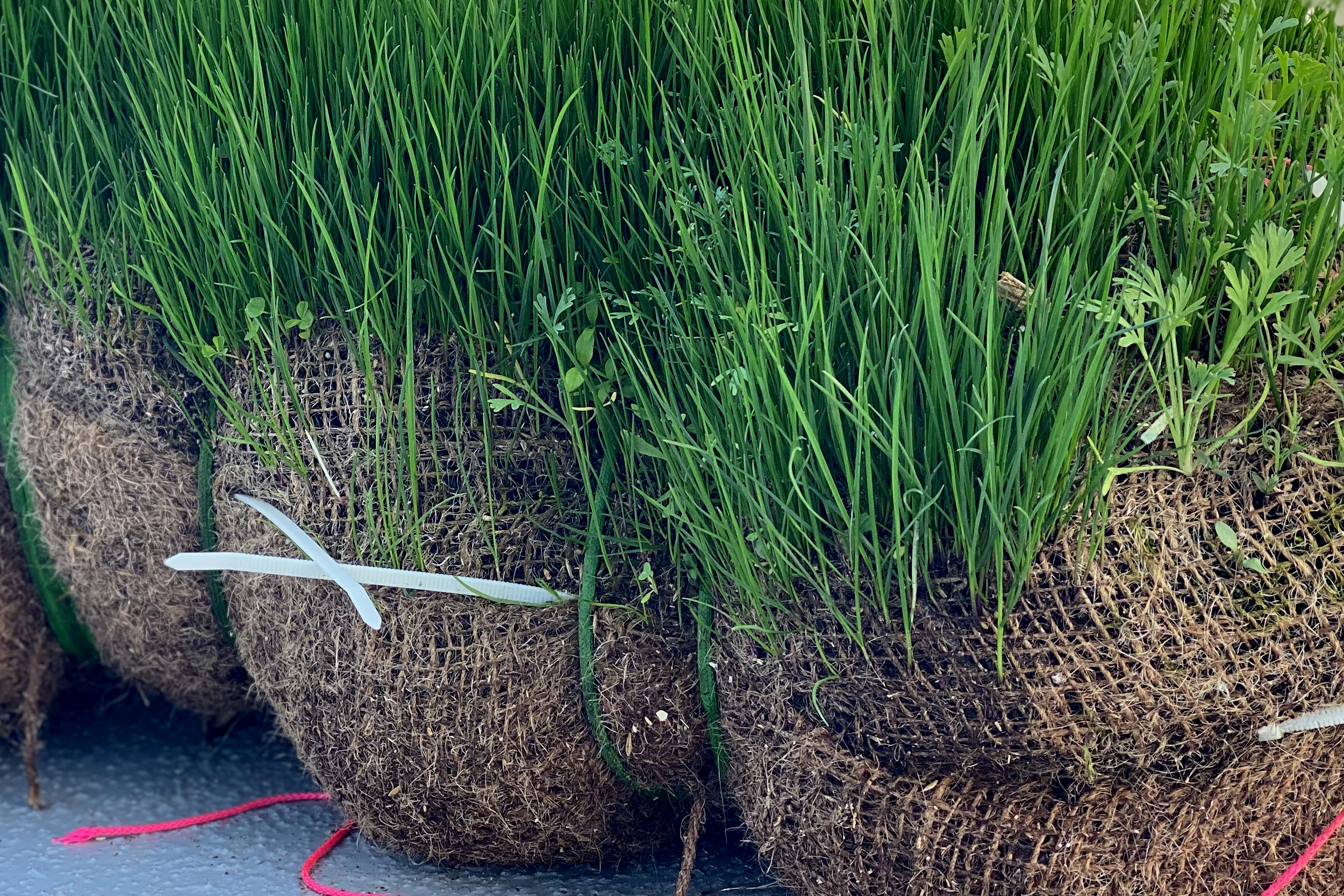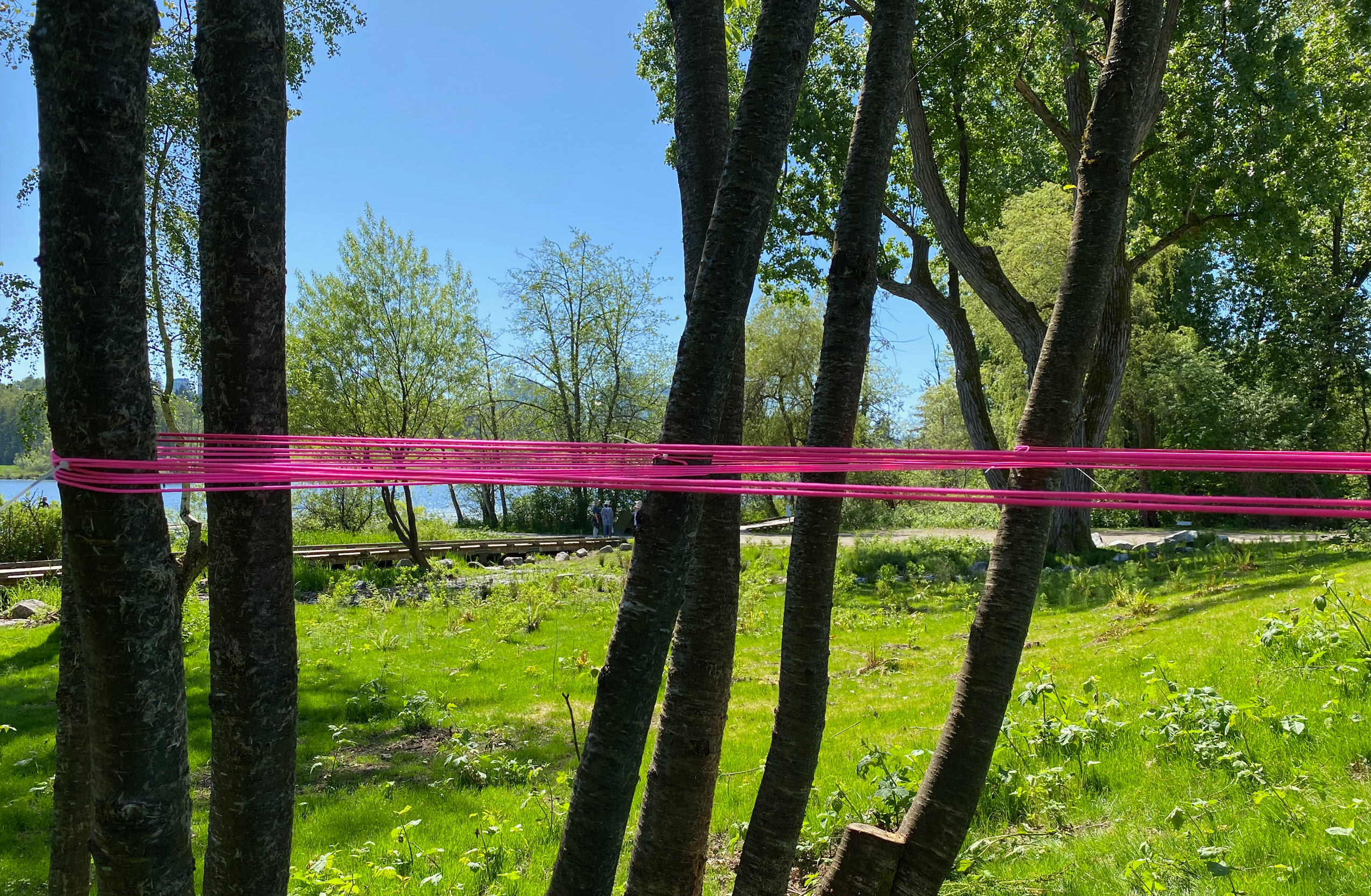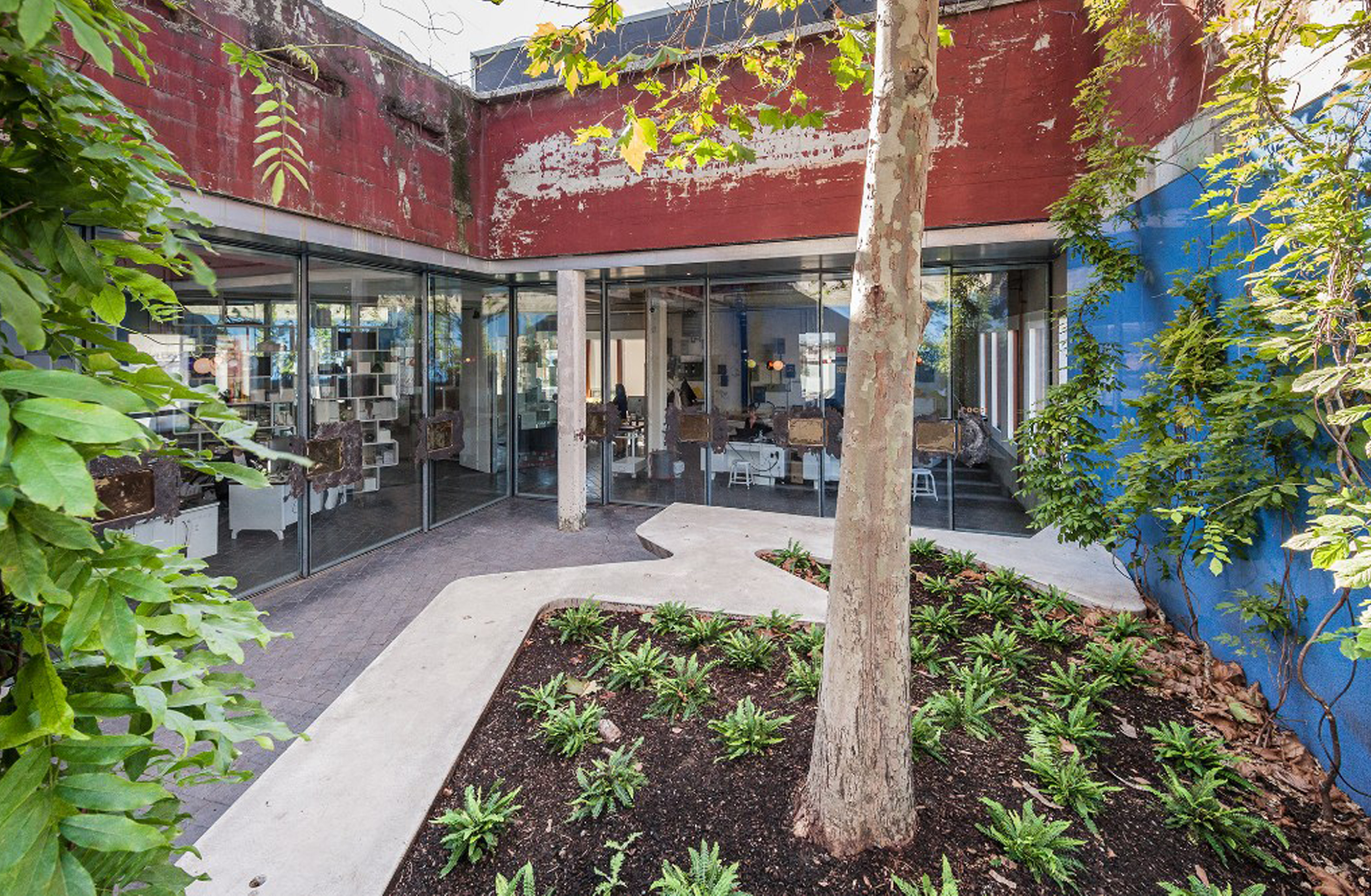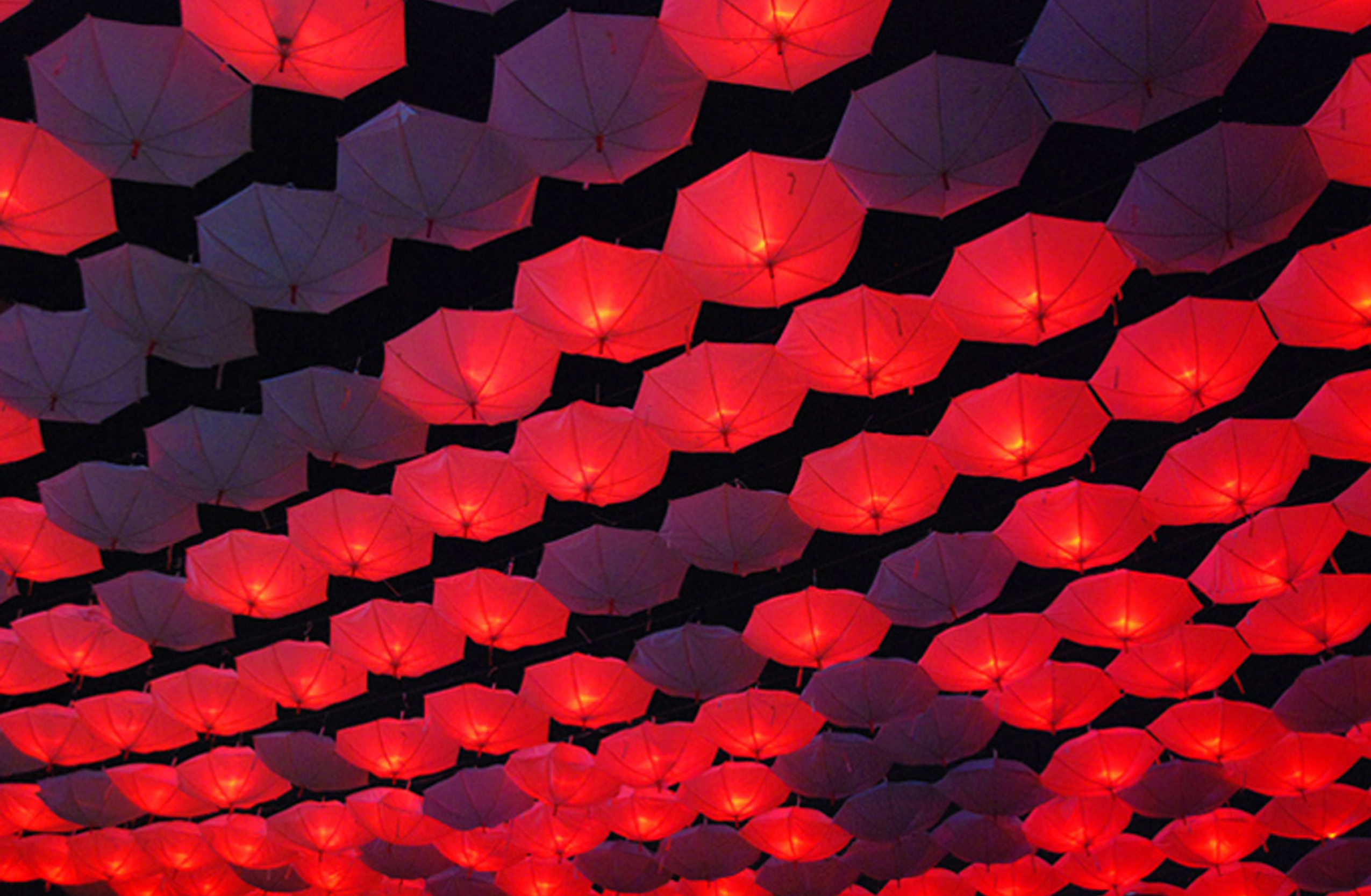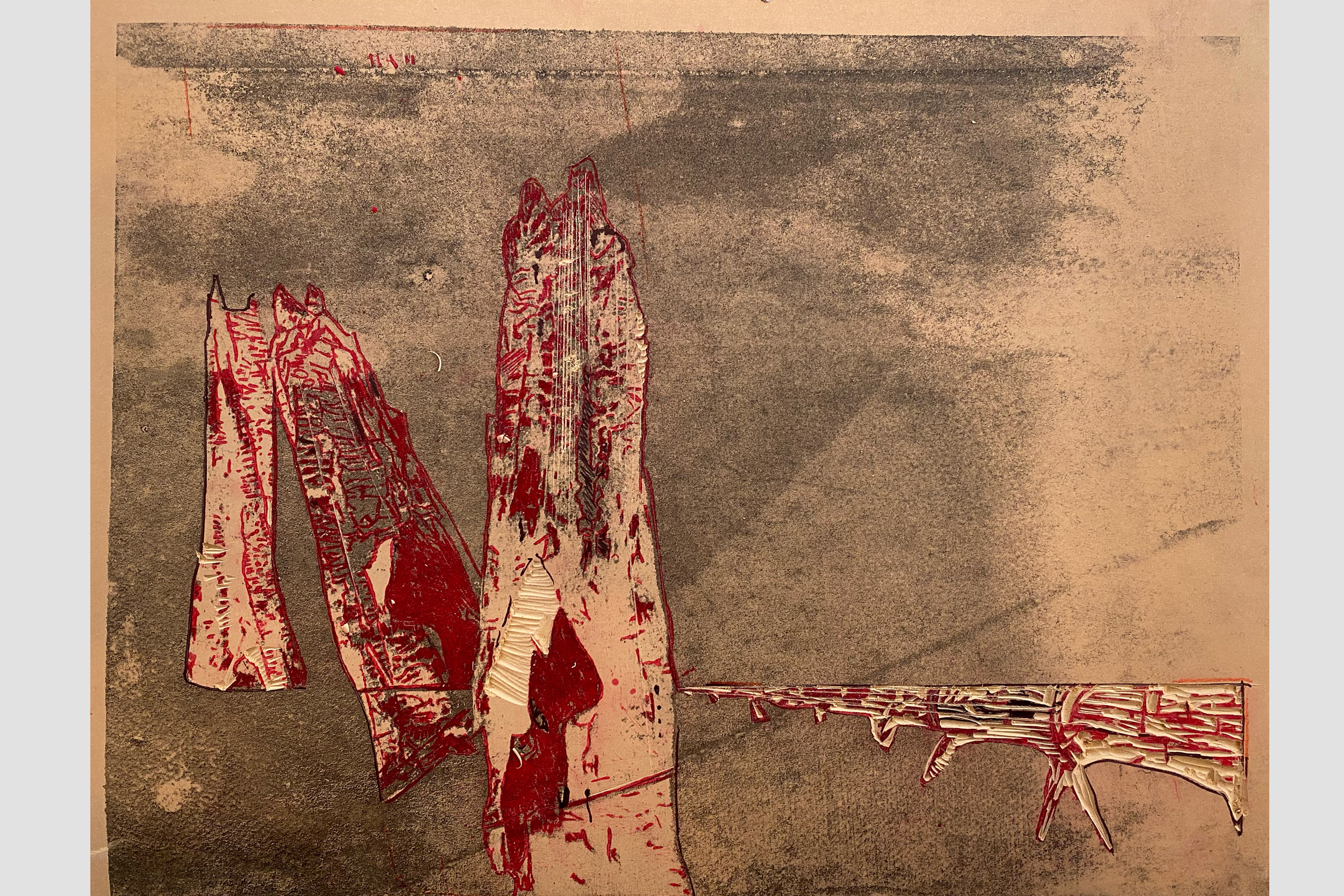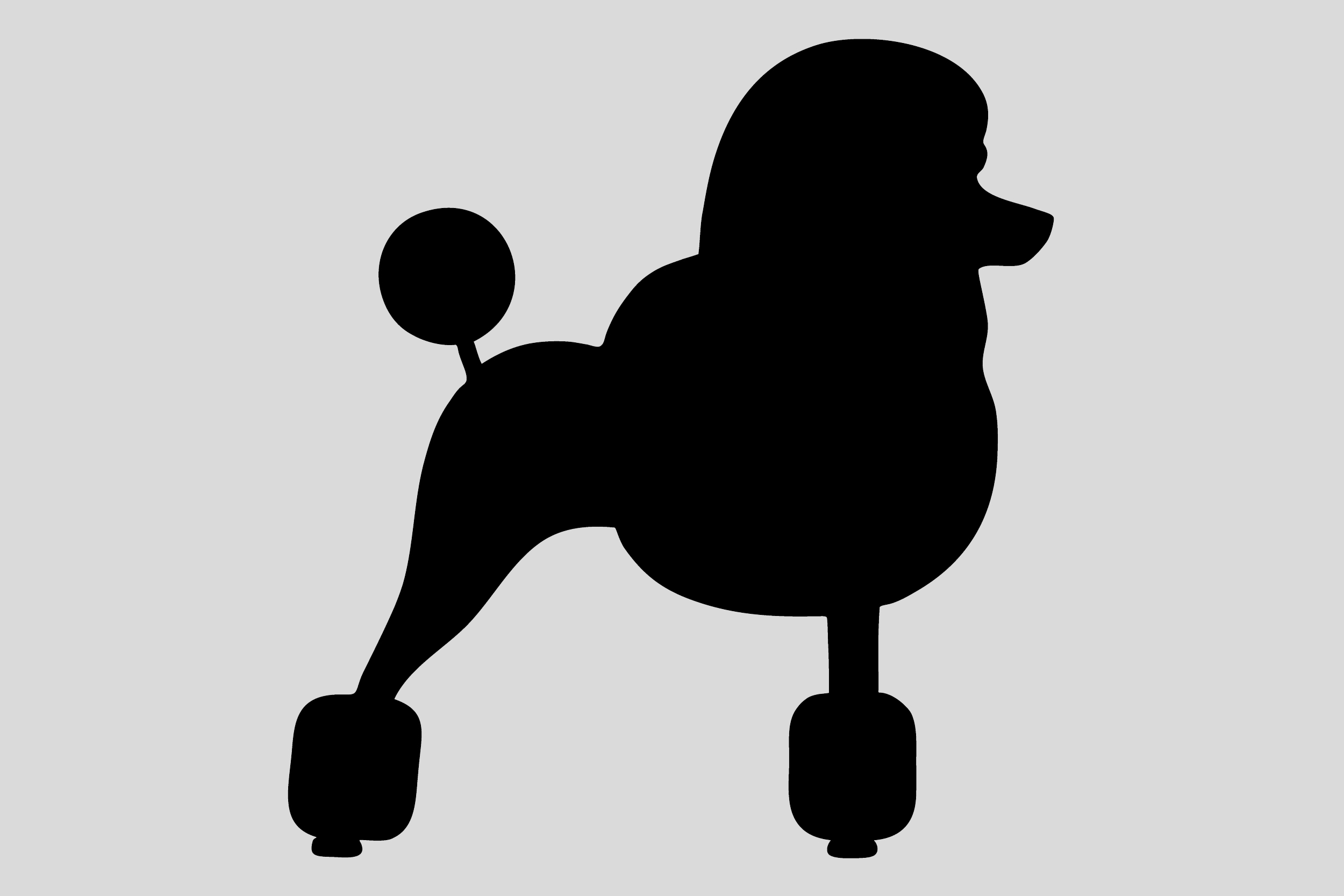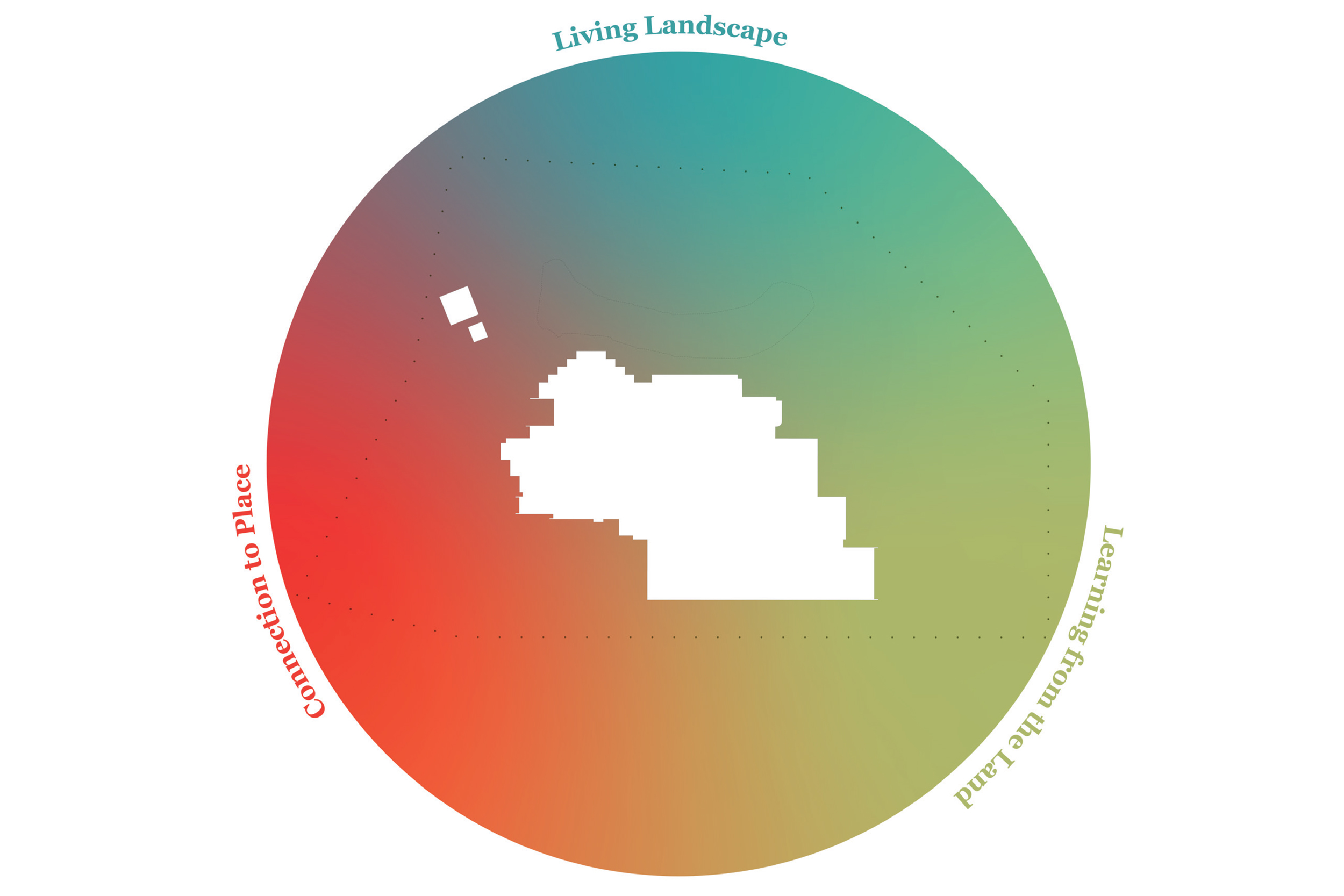
Settlement Building
with Jan Haenraets
Location: Vancouver, BC, Canada
Date: 2014
Media: Charred recycled wood, kinnikinnick (Arctostaphylos uva-ursi) and Aspen (Populus tremuloides)
Commissioned by: BOCCI
Horticulturalist: Jan Haenraets
Installation Advice: Beryl Allen
Photos of 2014 installation: Janis Nicolay
with Jan Haenraets
Location: Vancouver, BC, Canada
Date: 2014
Media: Charred recycled wood, kinnikinnick (Arctostaphylos uva-ursi) and Aspen (Populus tremuloides)
Commissioned by: BOCCI
Horticulturalist: Jan Haenraets
Installation Advice: Beryl Allen
Photos of 2014 installation: Janis Nicolay
An experimental design was created for a forecourt at a renovated warehouse building in Railtown. The charred recycled wood blocks recall the historic wood paving that is layered under the facing street and is still visible where the asphalt has broken away. As a reference to the local landscape, kinnikinnick and aspen are used as native vegetation set within the wood blocks. The design uses readily available materials to establish a plinth to ‘root’ the building on the site.
Initially established as a temporary installation on a limited budget, the work remains in place with the kinnikinnick and aspen trees thriving. The work is a reaction against de-narturalized and overly-managed urban landscapes. It acknowledges a colonial era of settlement where urban growth turned woodlands into streets clad in pollutant wood blocks later encapsulated in layers of asphalt. Through landscape art the installation transforms the sidewalk into a small green corridor within which the wooden blocks decay and erode whilst the kinnikinnick thrives.
Though a small work, this project in a highly urban environment offers a streetscape using recycled materials and showcasing native BC shrubs and trees planted in a non-typical way. The work explores new ways to enhance the connection between art and natural elements.
Initially established as a temporary installation on a limited budget, the work remains in place with the kinnikinnick and aspen trees thriving. The work is a reaction against de-narturalized and overly-managed urban landscapes. It acknowledges a colonial era of settlement where urban growth turned woodlands into streets clad in pollutant wood blocks later encapsulated in layers of asphalt. Through landscape art the installation transforms the sidewalk into a small green corridor within which the wooden blocks decay and erode whilst the kinnikinnick thrives.
Though a small work, this project in a highly urban environment offers a streetscape using recycled materials and showcasing native BC shrubs and trees planted in a non-typical way. The work explores new ways to enhance the connection between art and natural elements.
